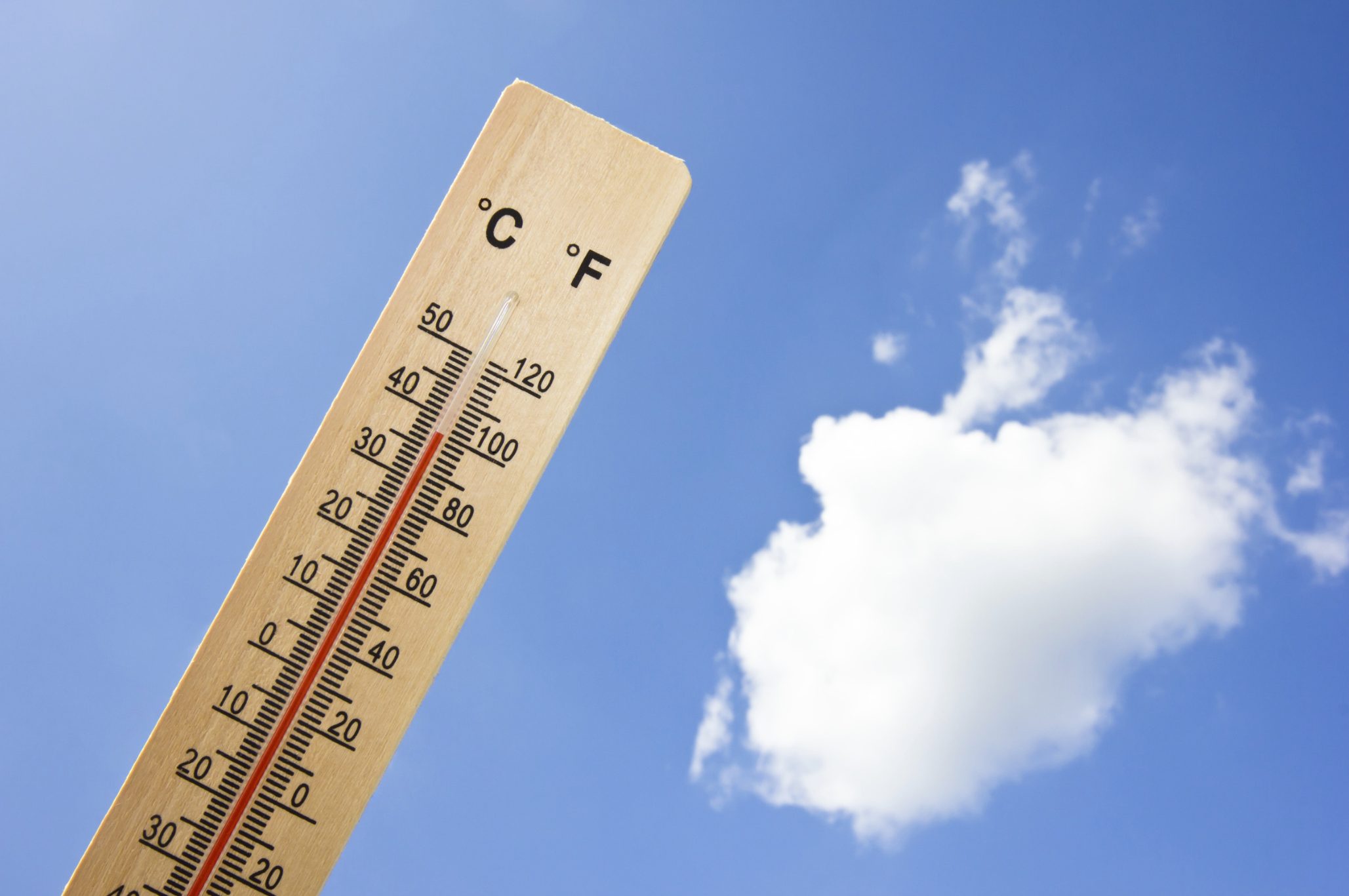Heat Training: Pros, Cons, and How to Stay Safe and Hydrated

Training in hot weather can be challenging but also has its benefits. Athletes who train in the heat can improve their performance, acclimatize to hotter temperatures, and increase their heat tolerance. However, training in extreme heat can also lead to heat-related illnesses such as heat exhaustion, heatstroke, and dehydration. In this article, we will explore the pros and cons of heat training, and provide tips for staying cool and hydrated during your workout.
Pros of Heat Training
- Improved Performance
Heat training can lead to an increase in plasma volume, which can improve cardiovascular function and increase blood flow to muscles. This increased blood flow can improve endurance and delay fatigue during exercise. Additionally, training in the heat can lead to an increase in sweat production, which can help regulate body temperature and prevent overheating during exercise.
- Acclimatization
Exposure to heat can help athletes acclimate to hotter temperatures, allowing them to perform better in the heat. This adaptation involves an increase in plasma volume, sweat rate, and heat shock proteins. The process of acclimatization takes about 10-14 days, during which time athletes should gradually increase their exposure to heat.
- Heat Tolerance
Training in the heat can increase an athlete’s heat tolerance, allowing them to perform better in hot weather conditions. This adaptation involves an increase in sweat rate, sweat sensitivity, and skin blood flow. Athletes who are heat tolerant are better able to regulate their body temperature during exercise, which can improve performance and reduce the risk of heat-related illnesses.
Cons of Heat Training
- Risk of Heat-Related Illnesses
Exercising in extreme heat can increase the risk of heat-related illnesses such as heat exhaustion, heatstroke, and dehydration. These conditions can be life-threatening and require immediate medical attention. Symptoms of heat-related illnesses include nausea, dizziness, headache, and fatigue.
- Decreased Performance
Exercising in extreme heat can lead to a decrease in performance due to fatigue and dehydration. Dehydration can lead to a decrease in blood volume and an increase in heart rate, which can make exercise more difficult. Additionally, high temperatures can lead to a decrease in motivation and an increase in perceived effort, which can lead to a decrease in performance.
Tips for Staying Cool and Hydrated
- Hydrate Before, During, and After Exercise
Staying hydrated is crucial when exercising in hot weather. Athletes should drink plenty of fluids before, during, and after exercise to prevent dehydration. Water is the best option for hydration, but sports drinks can be helpful for longer workouts as they contain electrolytes that help replace lost fluids and minerals.
- Wear Lightweight and Breathable Clothing
Wearing lightweight and breathable clothing can help keep the body cool during exercise. Light-colored clothing can also help reflect sunlight and reduce heat absorption.
- Avoid the Hottest Times of the Day
Exercising during the hottest times of the day can increase the risk of heat-related illnesses. Athletes should try to schedule their workouts during the early morning or late afternoon when temperatures are cooler.
- Take Breaks and Rest in the Shade
Taking breaks and resting in the shade can help reduce the risk of heat-related illnesses. Athletes should take regular breaks during exercise to rest and cool down in the shade. They should also avoid direct sunlight and try to find shaded areas to exercise.
Training in the heat can have its benefits, but it also comes with risks. Athletes who are planning to train in hot weather should take precautions to stay cool and hydrated. Staying hydrated, wearing lightweight and breathable clothing, avoiding the hottest times of the day, and taking breaks and resting in the shade can help reduce the risk of heat-related illnesses. It’s important to monitor your body’s response to heat and stop exercising if you experience symptoms of heat exhaustion or heatstroke.
Remember to gradually increase your exposure to heat and acclimate to hotter temperatures over time. If you’re unsure about whether it’s safe to exercise in the heat, consult with a medical professional or a qualified trainer before starting your workout.










